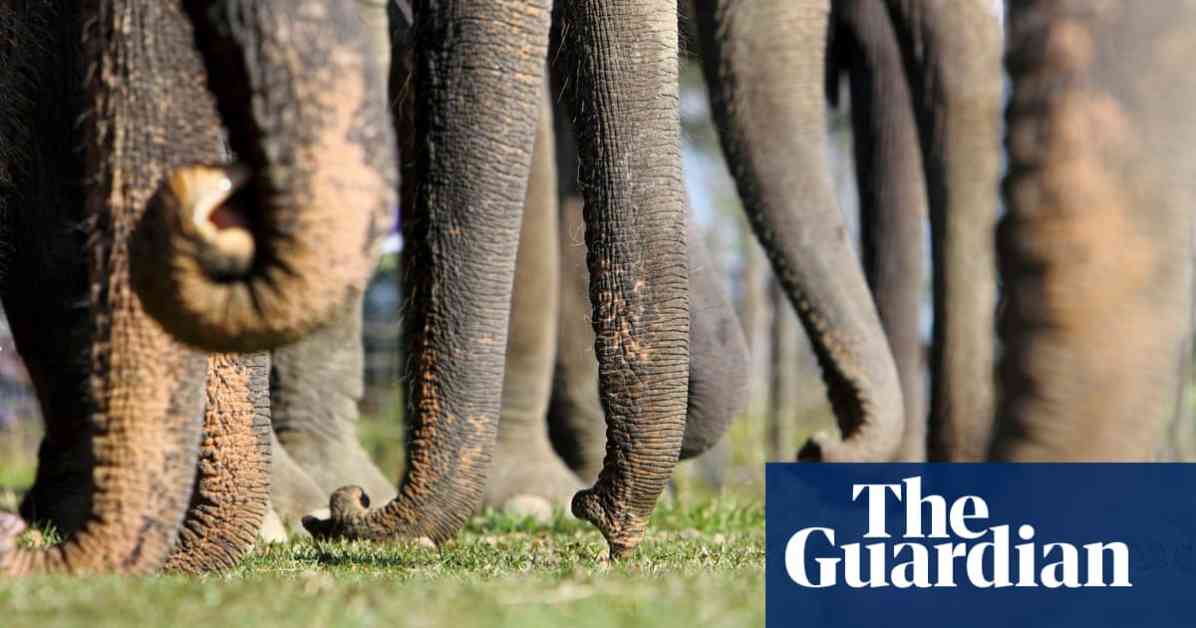Elephant Trunk Preferences Revealed by Wrinkles: New Study Findings
Elephants, unlike humans who are either right-handed or left-handed, have a preference for which side of their trunk they use. Recent research has shown that it is possible to determine an elephant’s “trunkedness” by examining the wrinkles on its trunk. Although elephants generally have an equal split in terms of their trunk-bending preferences, scientists have found a way to identify an individual adult elephant’s preference based on certain characteristics.
According to Dr. Michael Brecht, a co-author of the study from Humboldt University of Berlin, left-trunkers, who scoop objects towards the left side of their body, tend to have more wrinkles and longer whiskers on the left side of their trunk. The whiskers on the right side are worn down due to more frequent contact with the ground. This difference in whisker length is quite noticeable and indicates that wrinkle patterns are partially influenced by use.
The study, which was published in the journal Royal Society Open Science, provides insights into the development of trunk wrinkles in Asian and African elephants. The researchers observed that the distance between wrinkles on an elephant’s trunk decreases from the base to the tip. Asian elephants were found to have more wrinkles on the upper side of their trunks compared to African elephants, which is attributed to a greater number of deep fold-like wrinkles.
One of the reasons for the difference in trunk wrinkles between Asian and African elephants is the structural variation in their trunks. African elephants have two finger-like structures on the tips of their trunks, while Asian elephants only have one. This leads Asian elephants to wrap their trunks around objects more often, requiring greater flexibility, hence more wrinkles.
The study also explored the formation of trunk wrinkles in elephant foetuses. Researchers discovered that between day 80 and day 150 of gestation, the number of trunk wrinkles doubled every 20 days before slowing down. Interestingly, Asian elephants develop wrinkles at a faster rate than African elephants.
Dr. Brecht emphasized the specialized nature of elephant trunks, highlighting that their wrinkles are intricately linked to neurons in the brainstem. He described the elephant trunk as a remarkable grasping organ with more muscles than any other mammalian body structure, comparable only to the human hand.
Understanding the significance of trunk wrinkles in elephants not only sheds light on their unique anatomy but also provides valuable insights into their behavior and evolutionary adaptations. This study opens up new avenues for research on these majestic animals and underscores the importance of protecting their habitats for future generations to appreciate and learn from.

